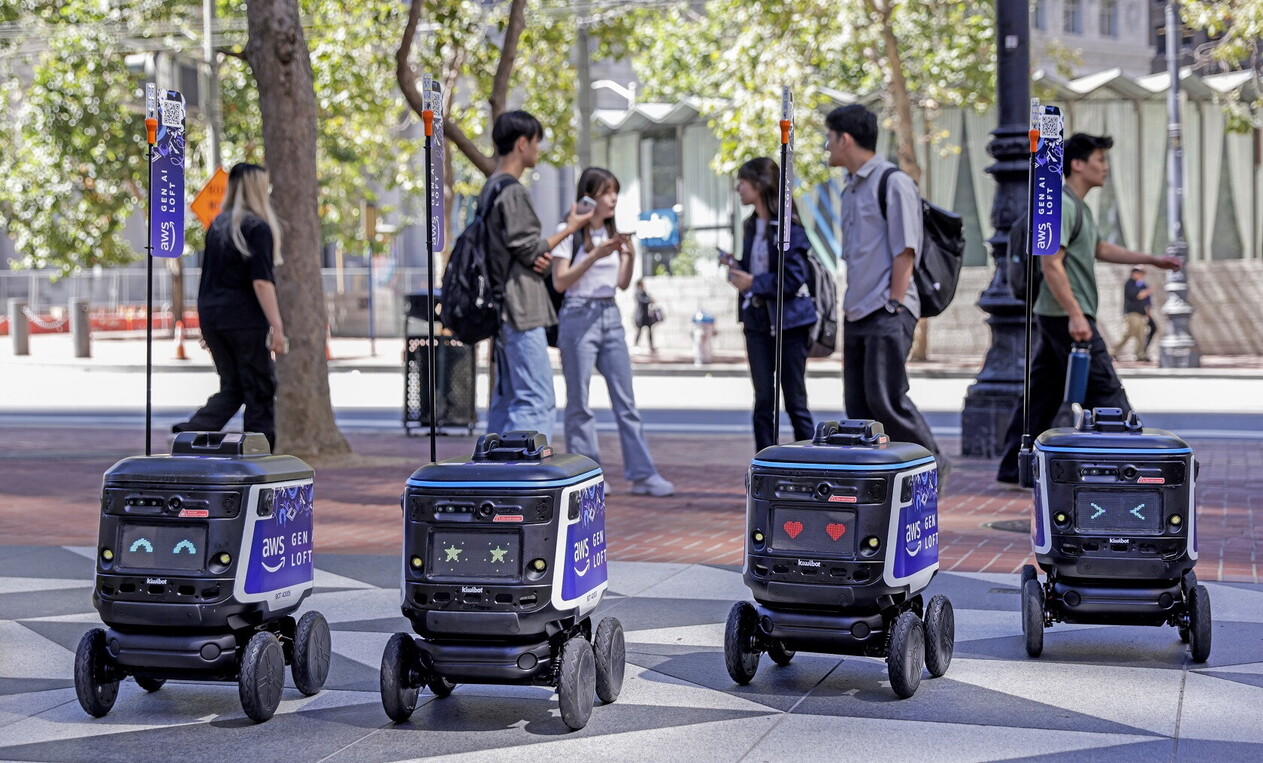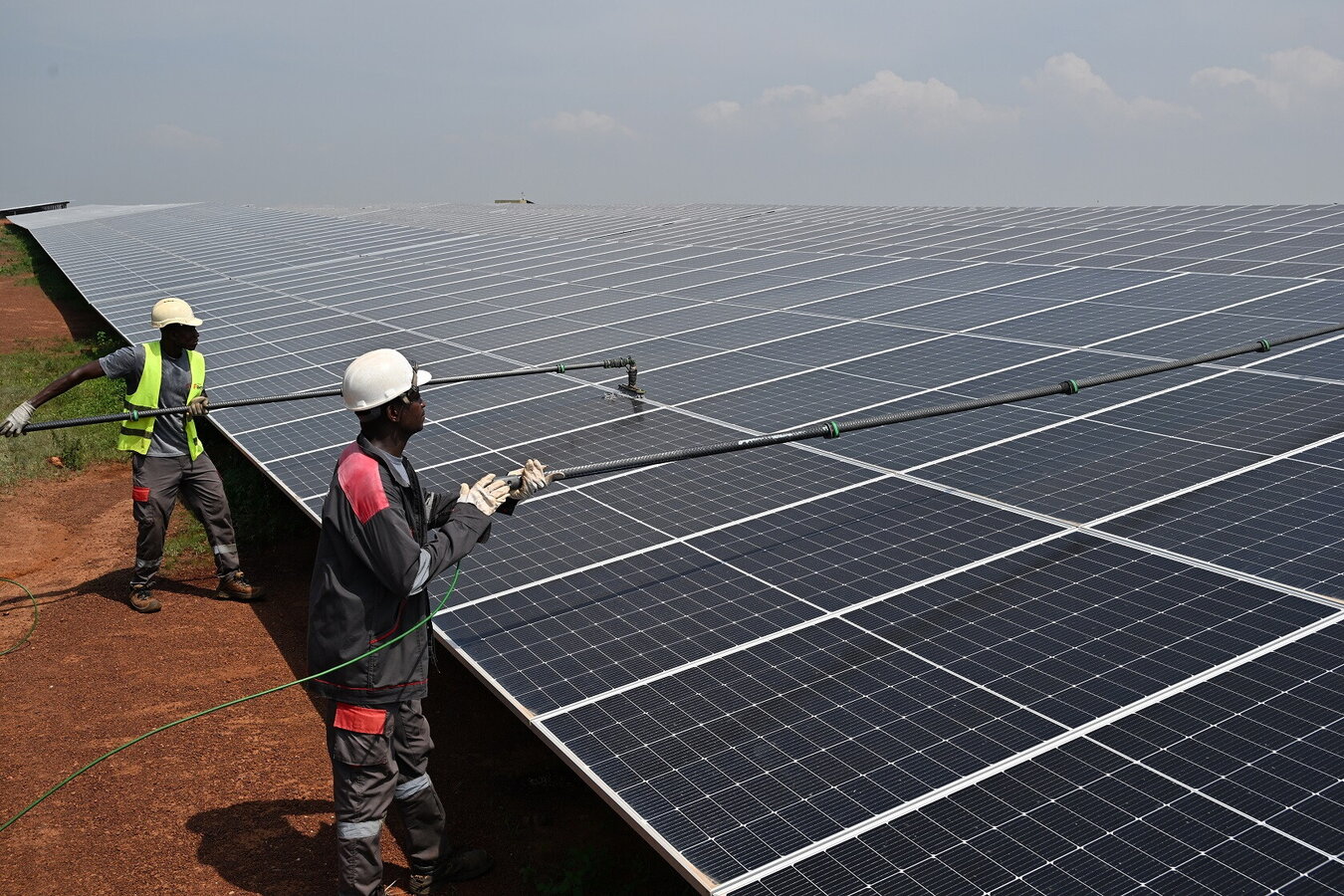
New strategies
AI & voting increasingly connected
Much has been said about the impact of AI in terms of misinformation and manipulation. In reality, behind it, there is above all technological, energy and infrastructure competition, which is also reflected on the political level
5 min2
024 marked the biggest election year in human history, coinciding with an explosive global debate on artificial intelligence. But what links these two phenomena?
Early 2024 saw intense focus on AI’s role in election misinformation and manipulation. While significant, this perspective risks overlooking AI’s broader impact—as a contest of technology, energy, and infrastructure, with political implications tied to U.S.-China rivalry and other global power dynamics.
From this angle, 2024 offers a revealing scenario centered on the implementation and operation of data centers—the “nervous system” of AI. Insights can be drawn from three major democracies that held elections that year: the United States, India, and Mexico.
The weight of the technology competition
Trump’s return to the White House is set to provide a major boost to the U.S. energy sector, with direct implications for artificial intelligence. Throughout his campaign, Trump framed the tech rivalry with China as a contest rooted in energy and infrastructure. His vision includes an “all-of-the-above” energy mix that keeps fossil fuels in play and streamlines permitting processes. Central to this strategy is the creation of a new National Energy Council, led by Doug Burgum, tasked with expanding energy production to lower electricity costs, ensure grid reliability, and, crucially, “win the battle for superiority over artificial intelligence.”
This intensified focus on energy and infrastructure, driven by competition with China, is already shaping decisions by major tech firms. Companies like Amazon and Microsoft have backed a resurgence of traditional nuclear power in the U.S., alongside growing investment in next-generation nuclear technology.

E
lon Musk is also poised to play a key role in this strategy. The SpaceX and Tesla founder is racing to position his xAI as the world’s most advanced AI firm. His investment in Memphis, Tennessee, has demonstrated his ability to launch new data centers at record speed. With plans to leverage his manufacturing prowess and political influence, Musk aims to develop AI models more powerful than those of his competitors. His sway in the Trump administration is already evident in the appointment of David Sacks—a tech investor and former PayPal executive—as “AI and Crypto Czar.”
Despite weaker-than-expected electoral support for Prime Minister Narendra Modi, 2024 marked a continuation of India’s drive to strengthen its political and technological standing. Modi has championed a vision of “Indian chips in every global product,” backing investments from firms like Micron and Foxconn.
NVIDIA CEO Jensen Huang, a frequent visitor to India, has highlighted the country’s vast potential, citing its large pool of skilled software engineers, ongoing economic digitization, and strong government resolve. But he has also flagged key challenges, particularly in infrastructure and the development of local language AI models.
India’s main hurdle lies in upskilling and retraining its workforce to meet the demands of the digital economy. The 2024 election underscores India’s potential to play a pivotal role in Southeast Asia’s shift away from reliance on China, while also revealing the persistent challenges of infrastructure development and human capital readiness.

NVIDIA’s influence extends to Mexico, which in 2024 elected energy engineer Claudia Sheinbaum as president. Shortly after she took office, NVIDIA announced a major supply chain shift: a mega server assembly plant in Guadalajara, operated by Taiwanese tech giant Foxconn. Set to be the world’s largest server assembly facility, the plant underscores Mexico’s rising role in new manufacturing routes.
Foxconn’s decision reflects Mexico’s strategic advantages, including an available workforce, an established electronics ecosystem, and policy moves aimed at diversifying away from China. It also aligns with the broader trend of surging infrastructure investment in Mexico, further cementing its position as a key player in the evolving global supply chain.
Mexico finds itself in a delicate position. The Trump administration is targeting foreign investment projects in Mexico, aiming to disrupt its growing industrial ties with China and push companies to invest directly in the U.S. Protectionist measures, like tariffs on Mexican exports, could further erode Mexico’s appeal as a destination for tech investment.
Amid these uncertainties, the 2024 elections in the U.S., India, and Mexico reveal a broader trend: the race for artificial intelligence is increasingly tied to energy and infrastructure—not just today, but for the future as well.

